September 2018
A brick clamp kiln is the oldest way of firing bricks. Bricks are stacked in formation, a fire is lit from underneath and slowly the water content evaporates, the heat builds and the bricks transform from clay into ceramic. A brickworks existed on the banks of the Fal estuary between 1891 and 1907. Rudimentary refining within the china clay extraction processes had led to tons of quality clay being washed down rivers, silting up the creeks. The lost clay was noticed as a new resource and dredged from the river, mixed with sand, mud and soil and formed into bricks, which were fired on site in huge beehive kilns before being sent down river by barge to build houses in Truro and Falmouth.
All that remains at the site of the brickworks today is a tall chimney, once used to draw air through the kilns to keep the temperatures rising.
On Friday 21 and Saturday 22 September 2018 with help from Katie Bunnell, we led a brick clamp kiln firing workshop using the lost river clay. Over 60 participants were invited to come to the site, to collect clay from the river banks to make their own bricks, which were added to the kiln to be fired. The kiln was lit on Friday morning and kept alight until the early hours of Sunday morning, in an attempt to replicate this ancient process.
The Fieldtrip was organised as part of Groundwork, a project organised by CAST bringing international art and artists to Cornwall.
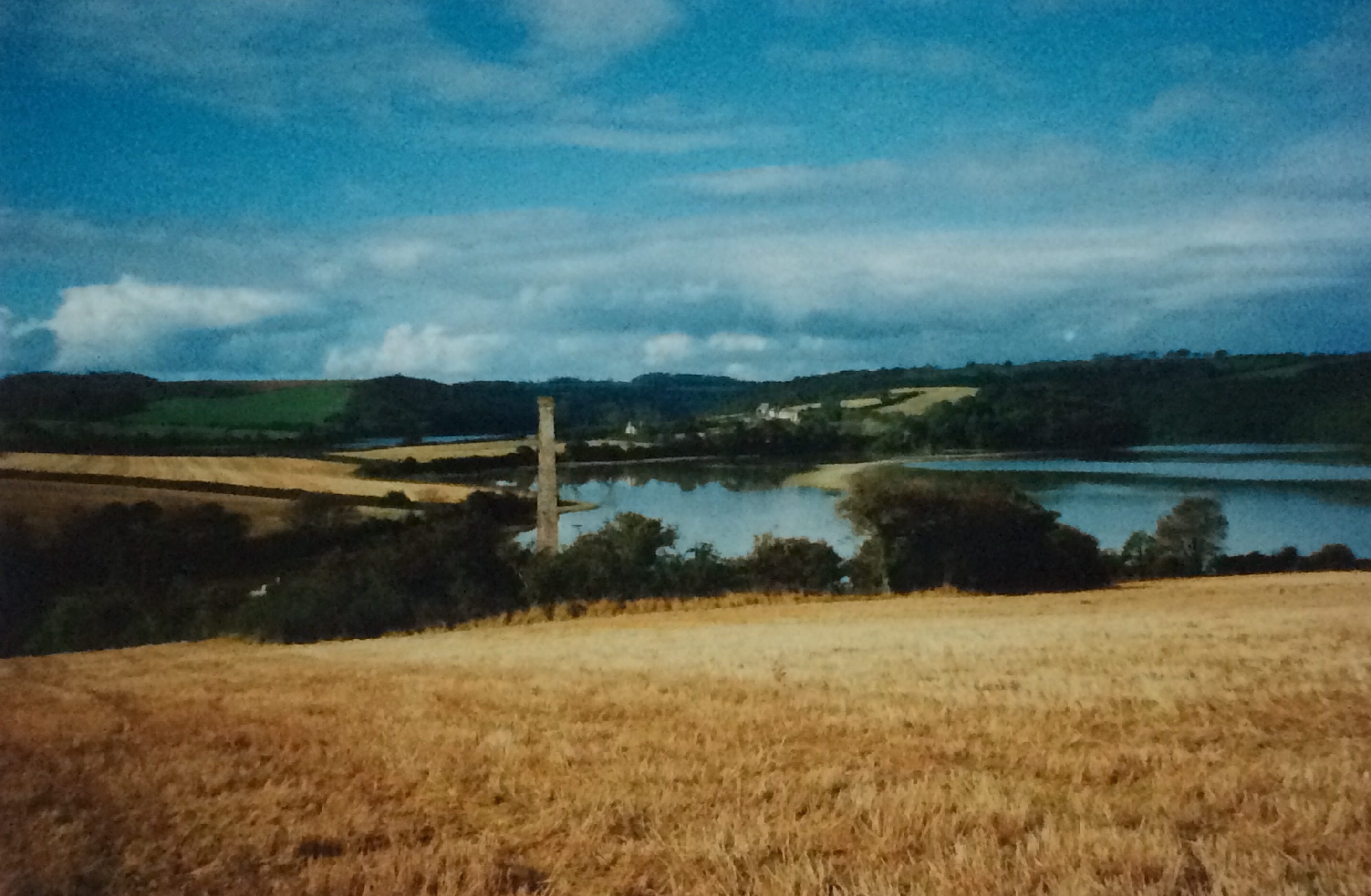
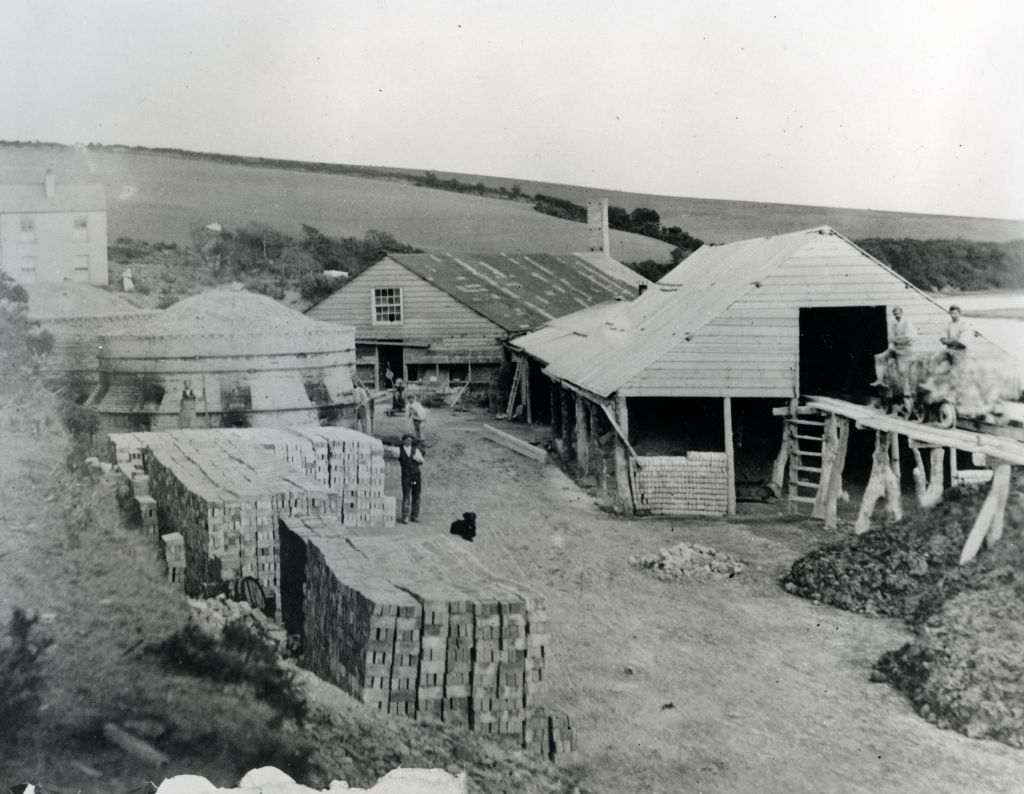
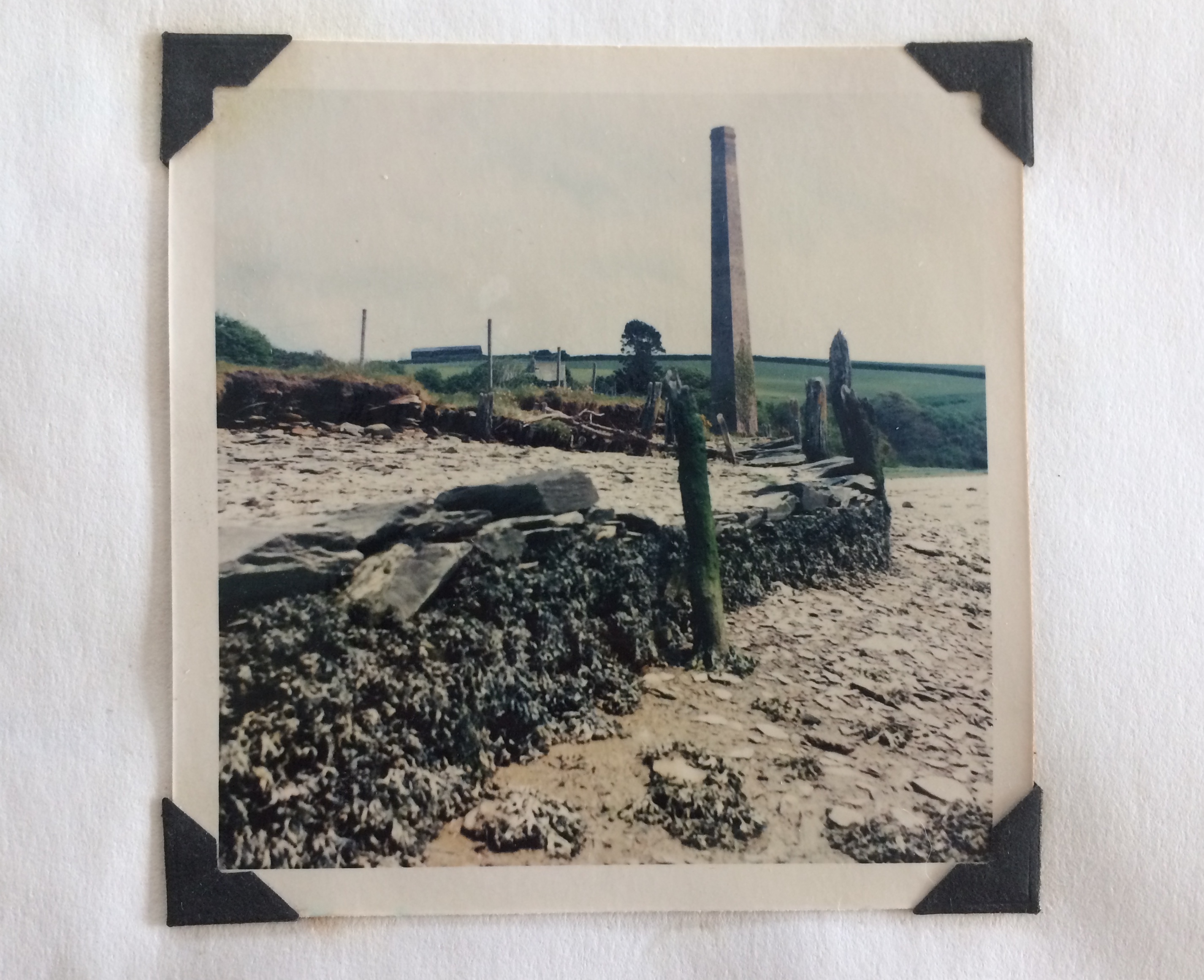

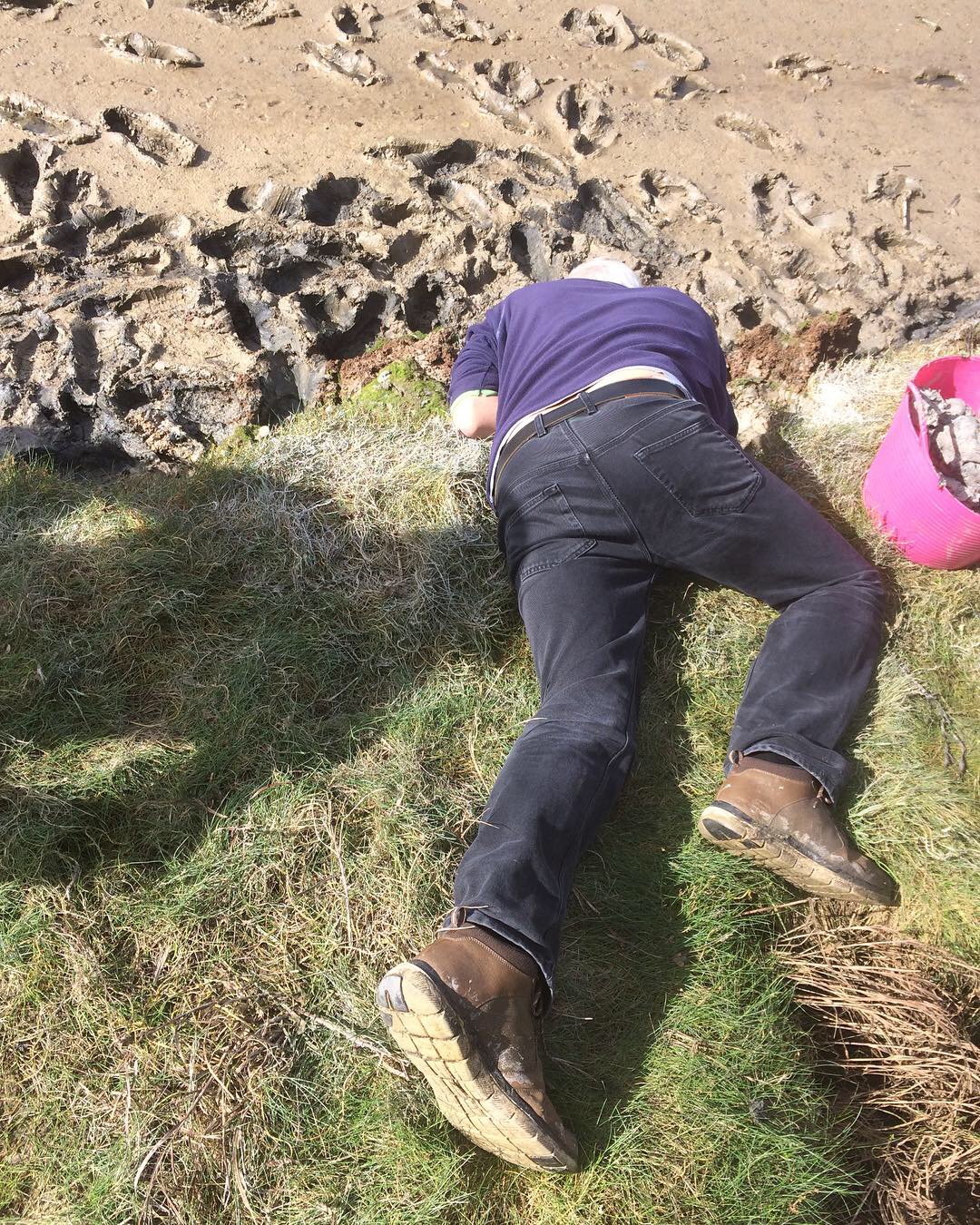
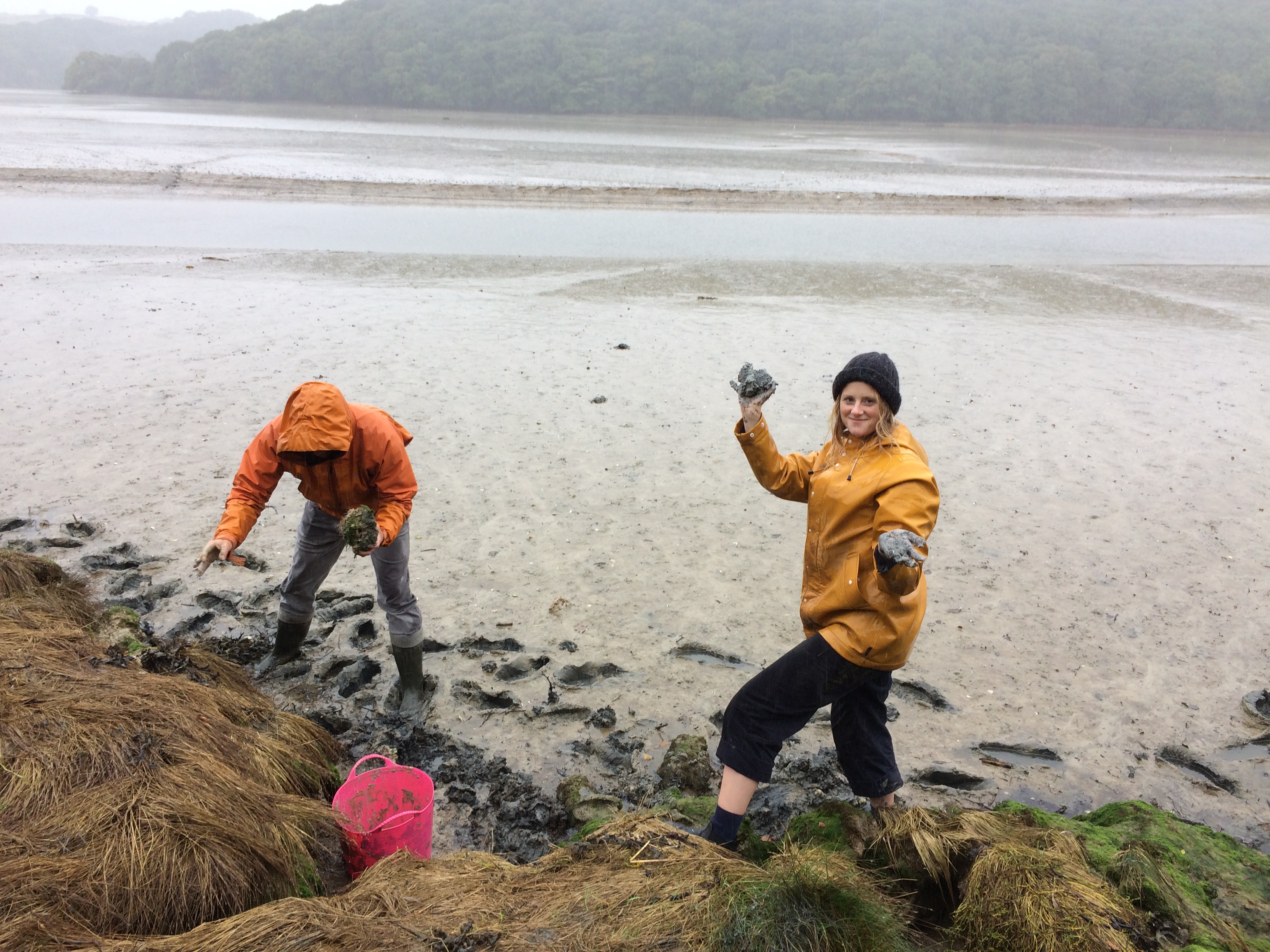

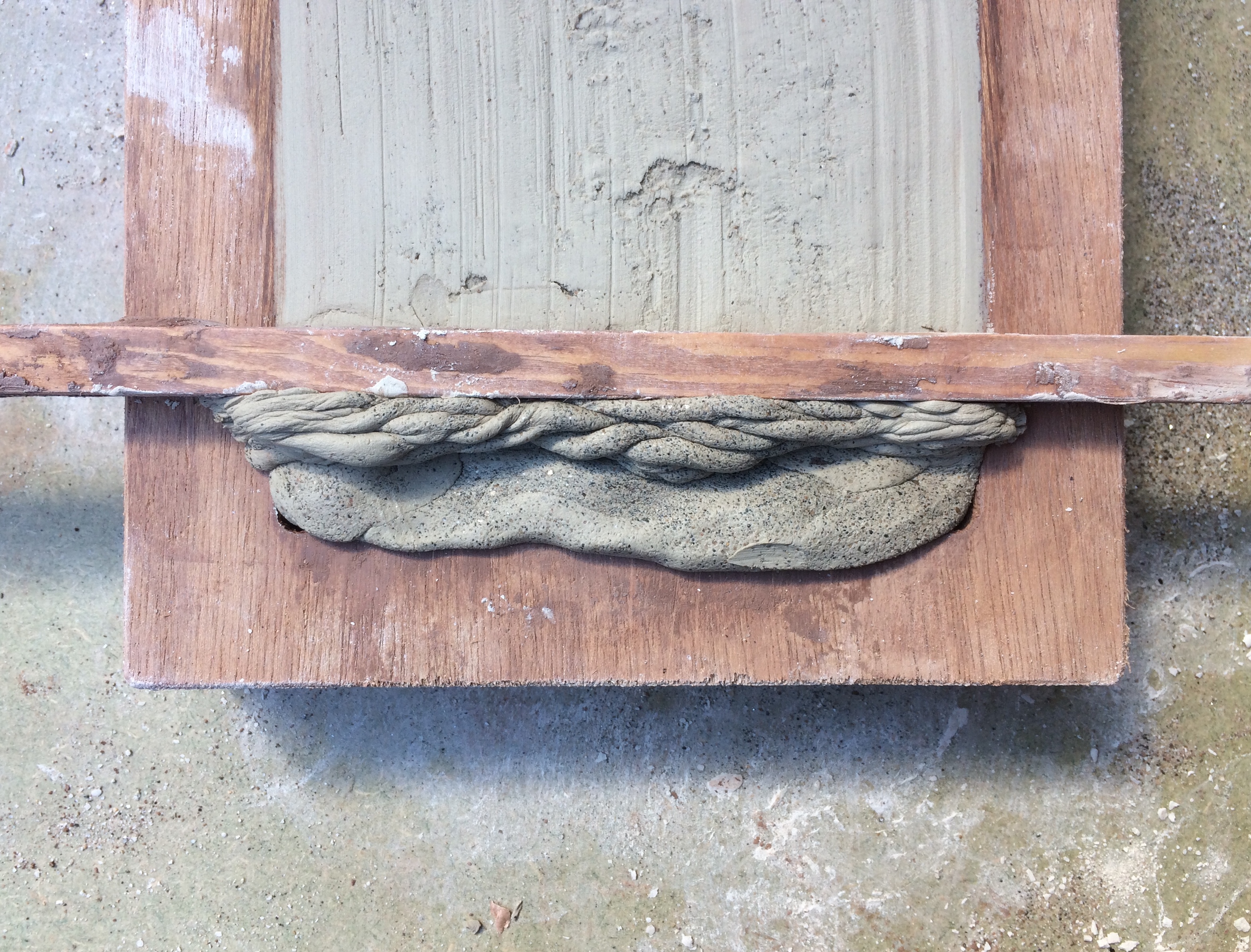
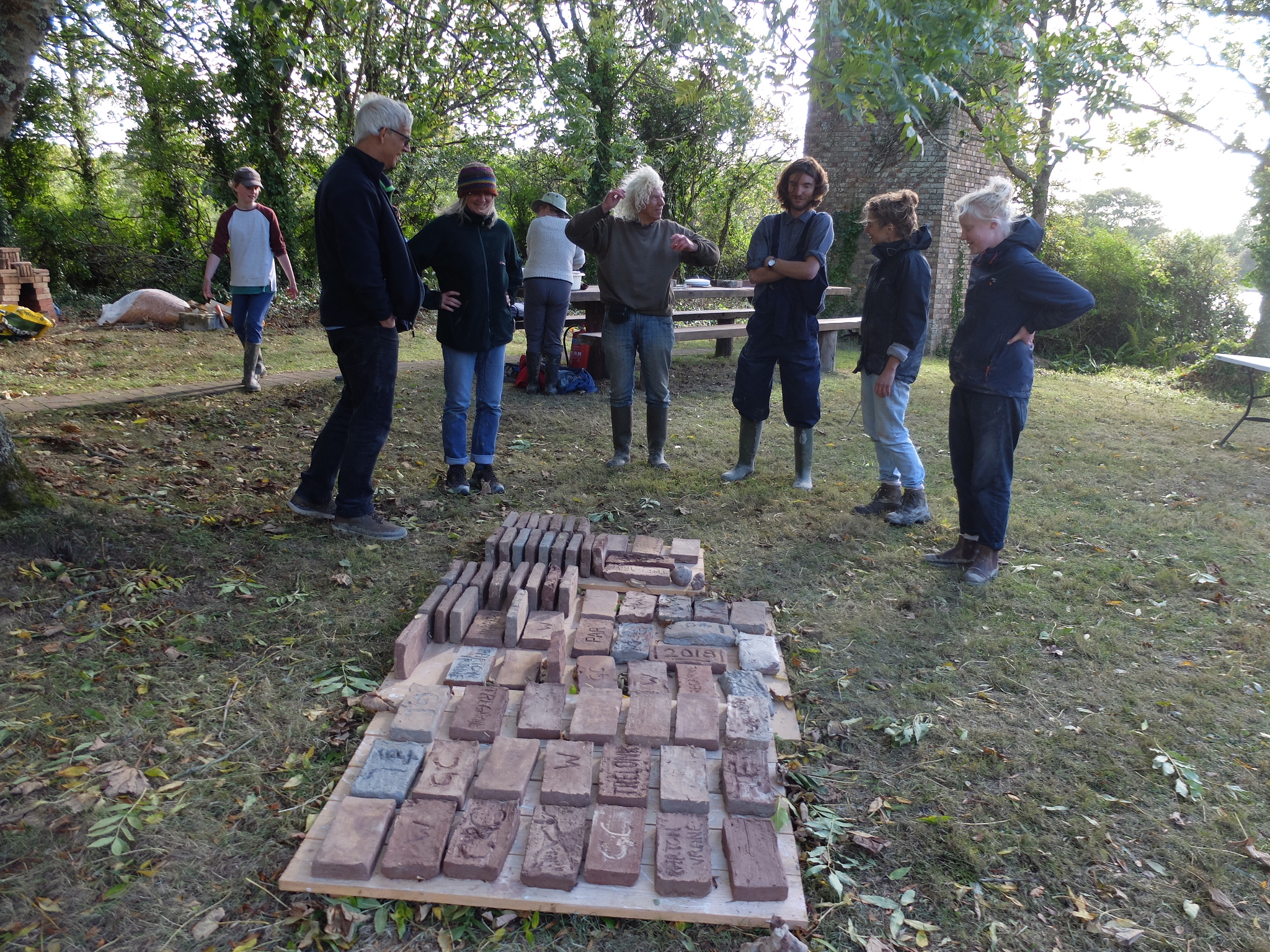
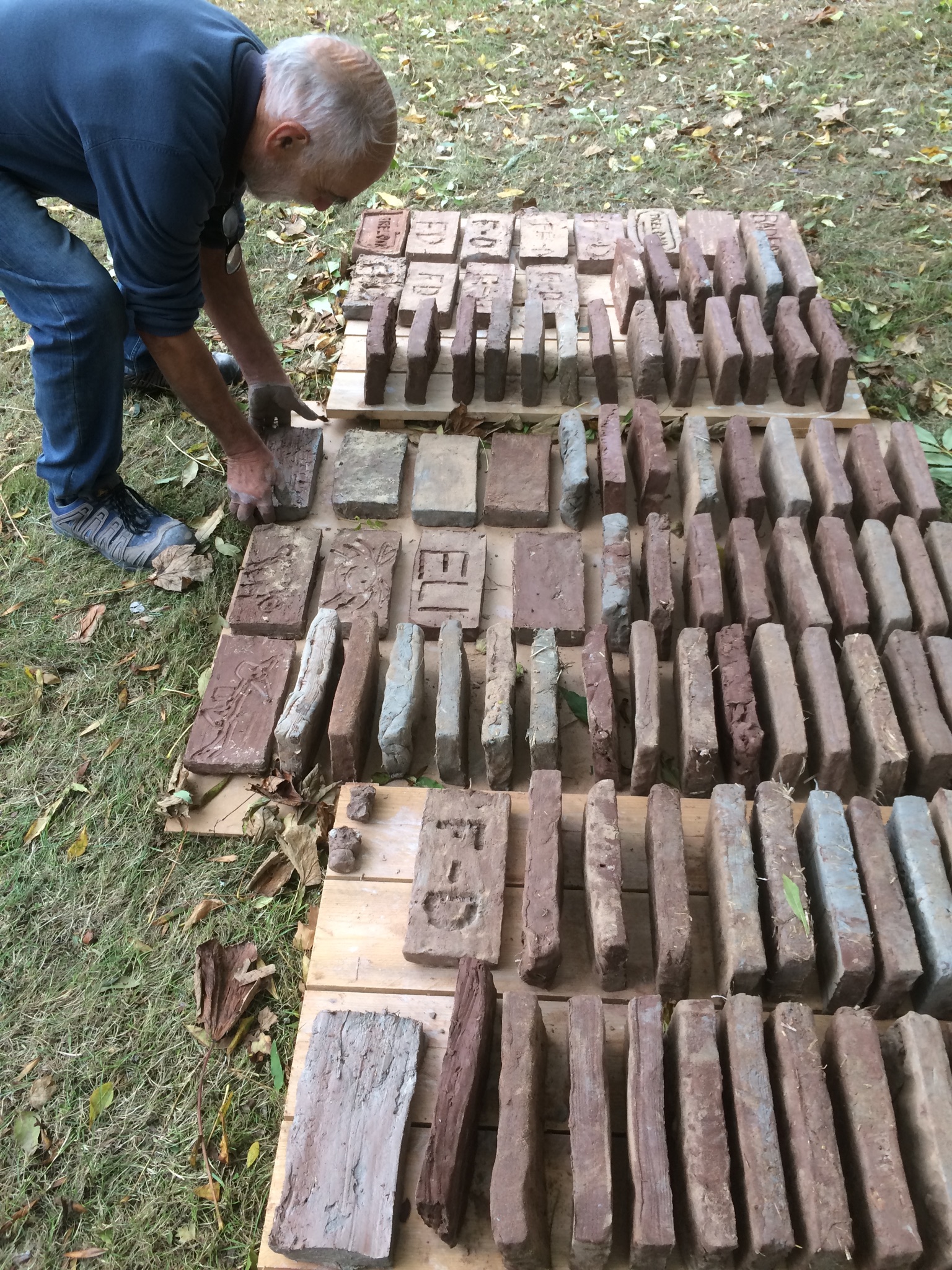


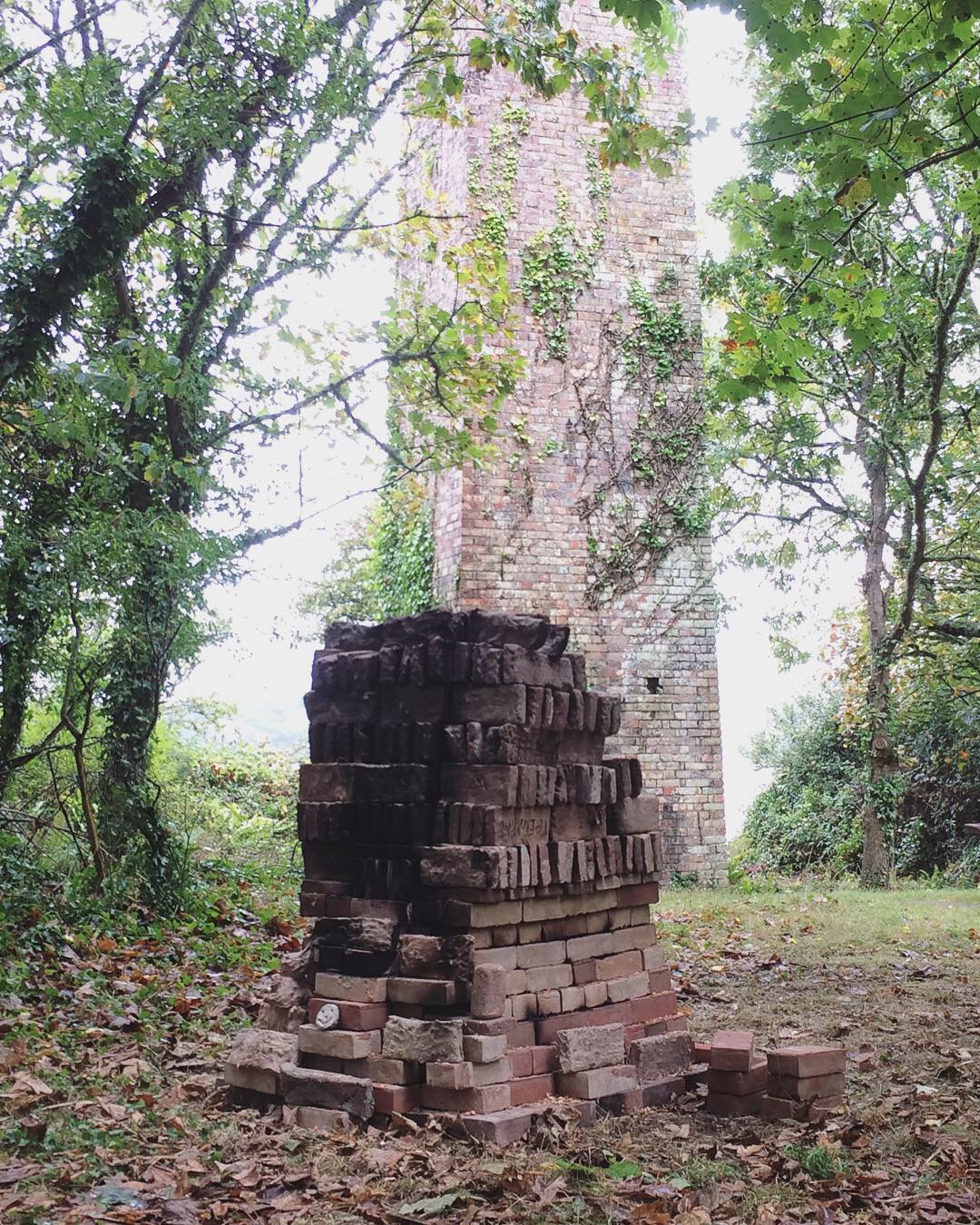
Images by Katie Bunnell and Rosanna Martin